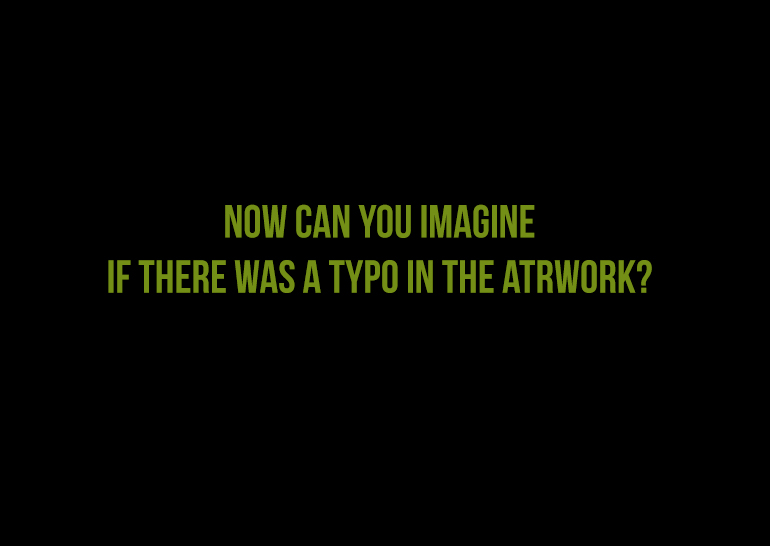What is Mechanical Paste-Up
Mechanical Paste-up refers to a method of creating or laying out publication pages that predates the use of the now-standard computerized page design desktop publishing programs. Completed, or camera-ready, pages are known as mechanicals or mechanical art. Wikipedia Here.
Way Back When
Back in 1994, I applied for the opportunity as a co-op student to work at large bank in their graphics department. For a whole year, I was shown the in’s and out’s of graphic design, “mechanical paste-up” and introduced to the world of designing on a computer. Back then, Corel 3.0 was the program of the “leading edge” graphic design companies. I have never even heard of Adobe. Last week, I was rummaging through some stuff in the basement and found my “portfolio”. Yes, a physical, tangible item. With strings on all 3 sides that you can tie up. In of of my projects, I had to create a branding campaign for a fictitious client. The sample was a brochure that had to be camera ready using ruby film which was hand cut by my hand with an exacto knife. In different layers for colour separation. Insane maybe? Yes.
Let’s rewind for a second: Now there were 2 ways of developing your artwork before you get to this stage:
1) On a computer
with 256 colour 13 inch monitor
2) Mechanical Paste Up
Where you would literally sit there on your drafting table and paste each and every letter/word onto your artboard (by hand). Of course, there was the Letraset Transfer, where you would rub the letters onto the paper to do your layout. You would also cut any graphics you have and paste it on with rubber cement glue and roll it on! (Did I just say that!?) What will really have your head spinning is the use of Letraset Markers, where you colour your art in! And this was a super skill because anyone who has ever used Letraset markers will know that the effects are like watercolour. Color it in single strokes in the same direction or bear the wrath of your boss complaining about your coloring skills.
Then once all your design is done, you would paste it on some expensive board, cut your thumb with the pencil exacto in the process, put some onion paper over it , plop it in a black portfolio, drive it over, have a meeting with everybody and their brother, present it on an easel and pray that they will like it. And if there was a change? Go back and do the whole thing all over again.
Colour Separation
When the artwork is finally approved, you would have to do your colour separation. This involved using Ruby Film (shown above) and an exacto knife. You would be required to cut the art pieces in different layers of CMYK. Can you imagine how long this would have taken? When I Google “Ruby Graphic Design”, all I get is “Ruby on Rails” (a current web application framework). See? Google doesn’t even recognize this ancient practice.
Typesetting
I even learned typesetting which would rival today’s HTML. It wasn’t just typing words in a design program such as illustrator and adjusting your text, you had to code the leading (space between the lines) and kerning (space between the letters) by picas (measurements of typography). There was no such thing as rotating text, putting your text to a path or making a letter red or blue.
Let us rewind to about 570 years ago with the origin of the Gutenberg Press, a topic we covered in 3rd year University for an entire YEAR! I remember our professor telling us that when they were printing newspapers, every letter was laid out onto the press. I can’t even fathom that concept right now, but we were given the opportunity to recreate that process. I managed to do only ONE letter on the press at 30 impressions. I was ready to give up after the 5th impression.
Stock Photos
I also found an old stock photo book in the basement. Yes BOOK. If you wanted to order stock photos, you would need to flip through the pages, call up the company, place your order, and pay for it. Then they would send it to you. In the mail. Which you would have to scan.
Camera Ready Art
Then once all the art was approved, you had to put your artwork into an envelope, get a courier guy to come pick it up, have it couriered to a place where they will PHOTOGRAPH the artwork and make a plate ready for printing!

Fast Forward to Now
Changes don’t need to be couriered or faxed or snail mailed. Artwork is approved through email. Stock Photos now are available for download. Payment is made through the web. Meetings are no longer required. Heck, phone conversations are no longer required. I’m sure that these facts can spin this into a whole argument about the aspects of the impersonal business relationship. However lets not go there. The web has opened up many new avenues of creativity and income to the graphic designer. Web Design, Social Media, E-newsletter Campaigns, Animation, Mobile Applications, the list is endless!
I even had to use Google to aid in some of this historical research. I couldn’t remember.